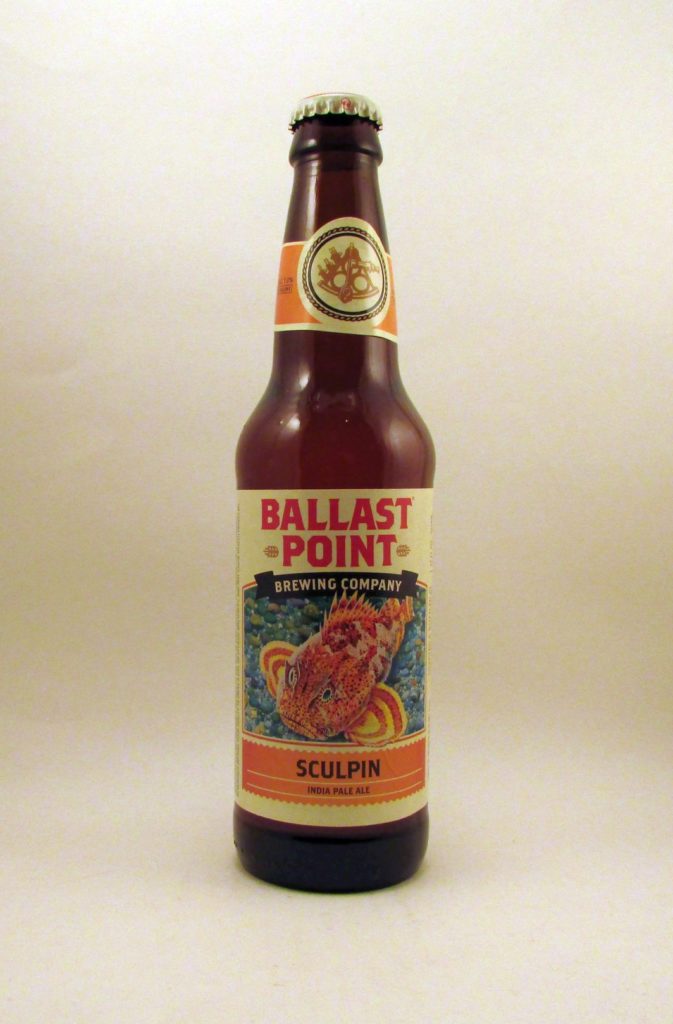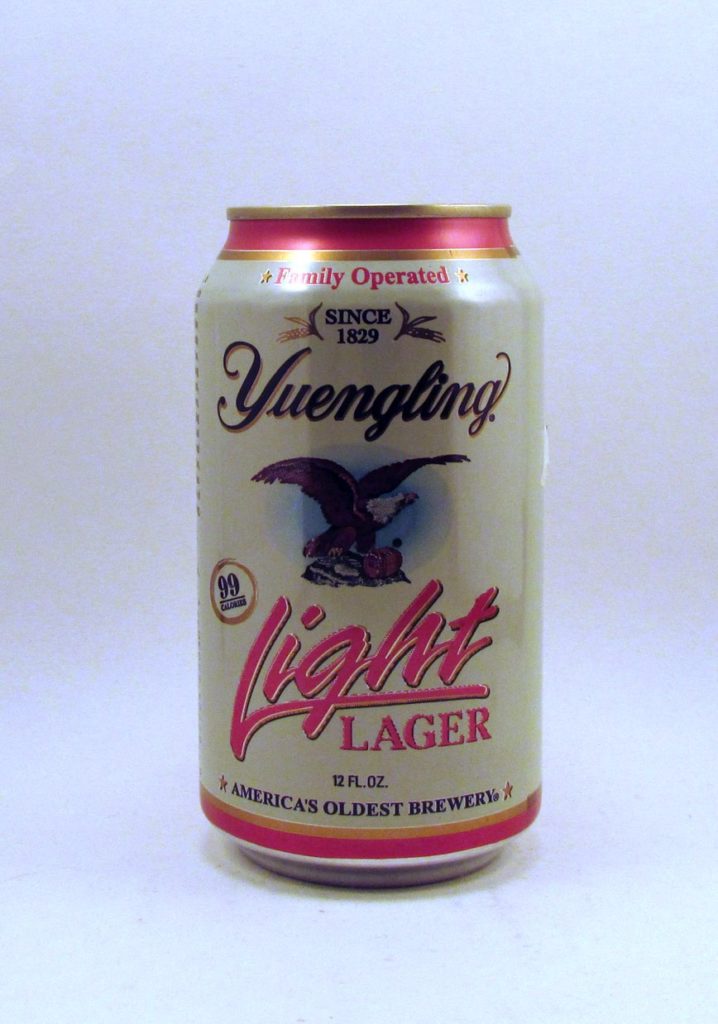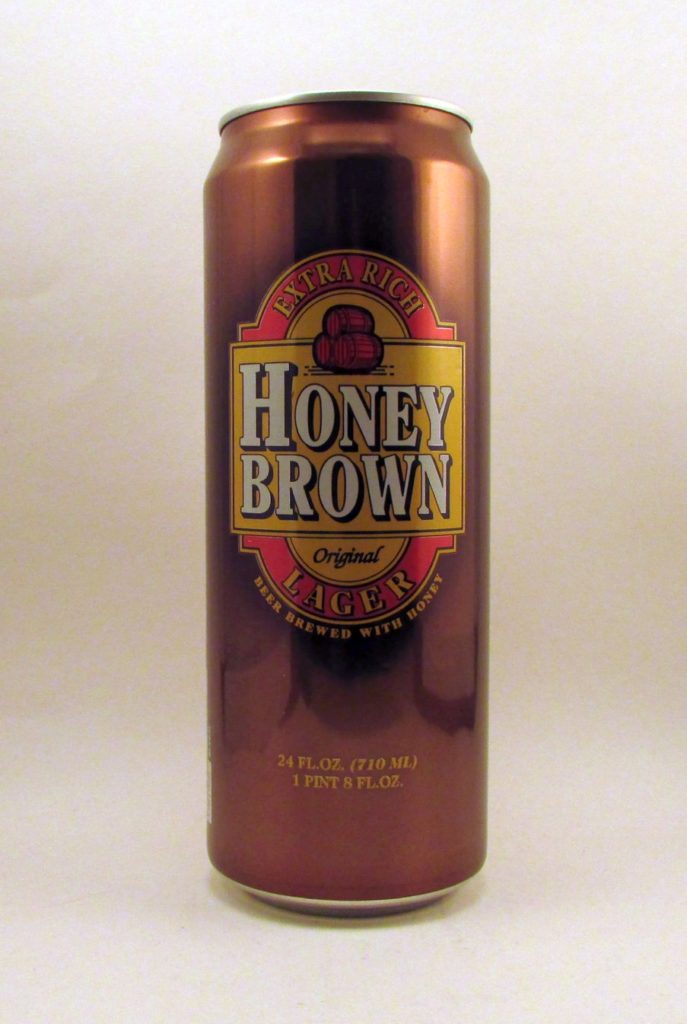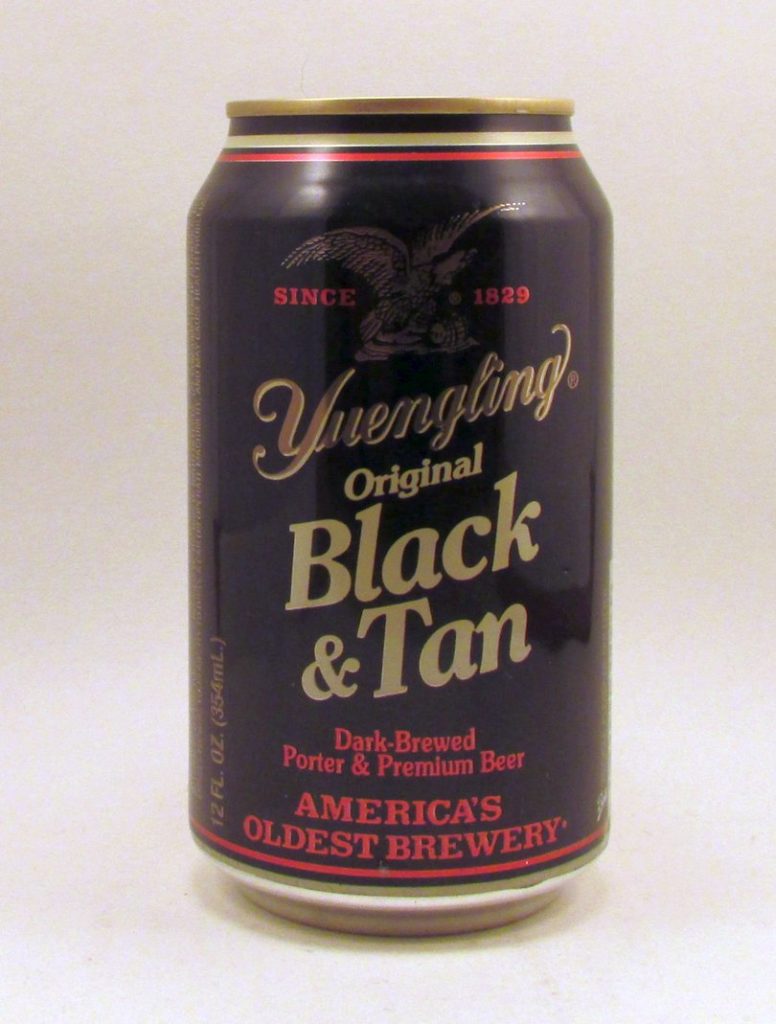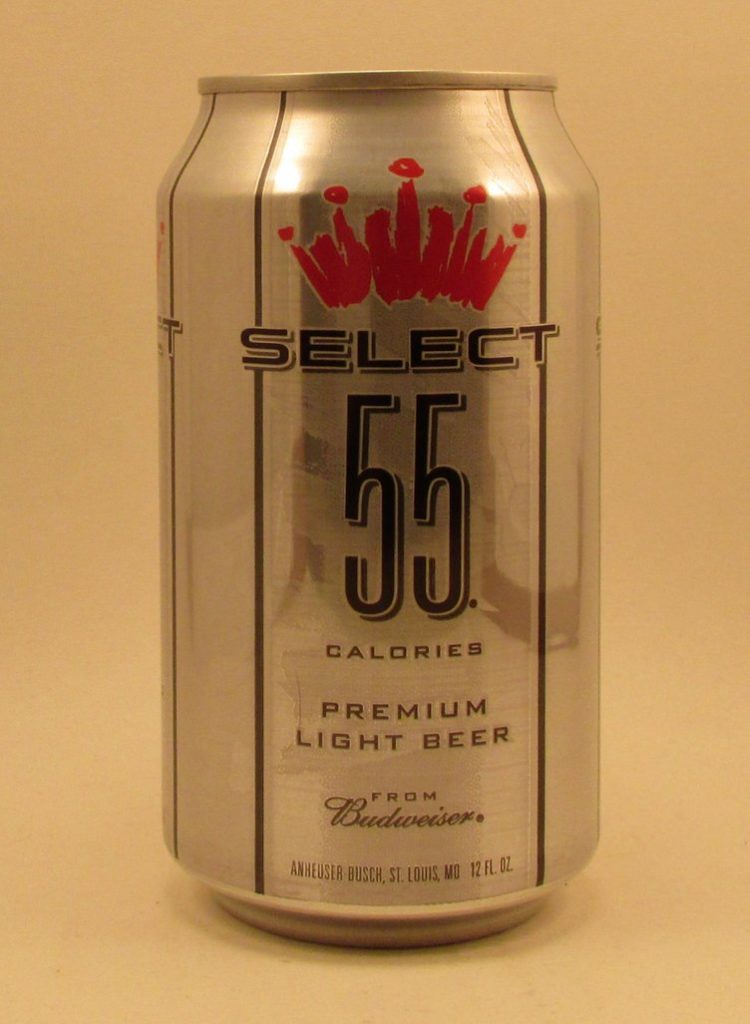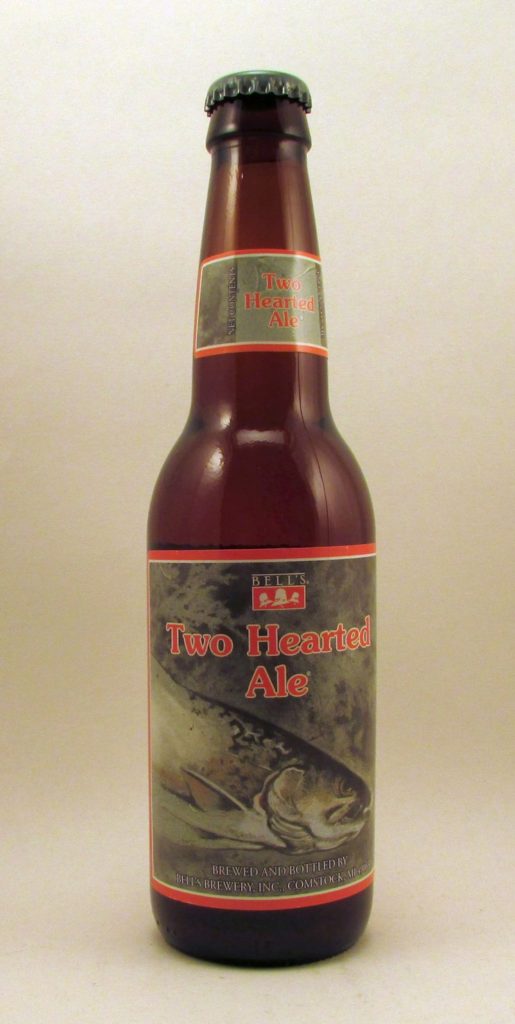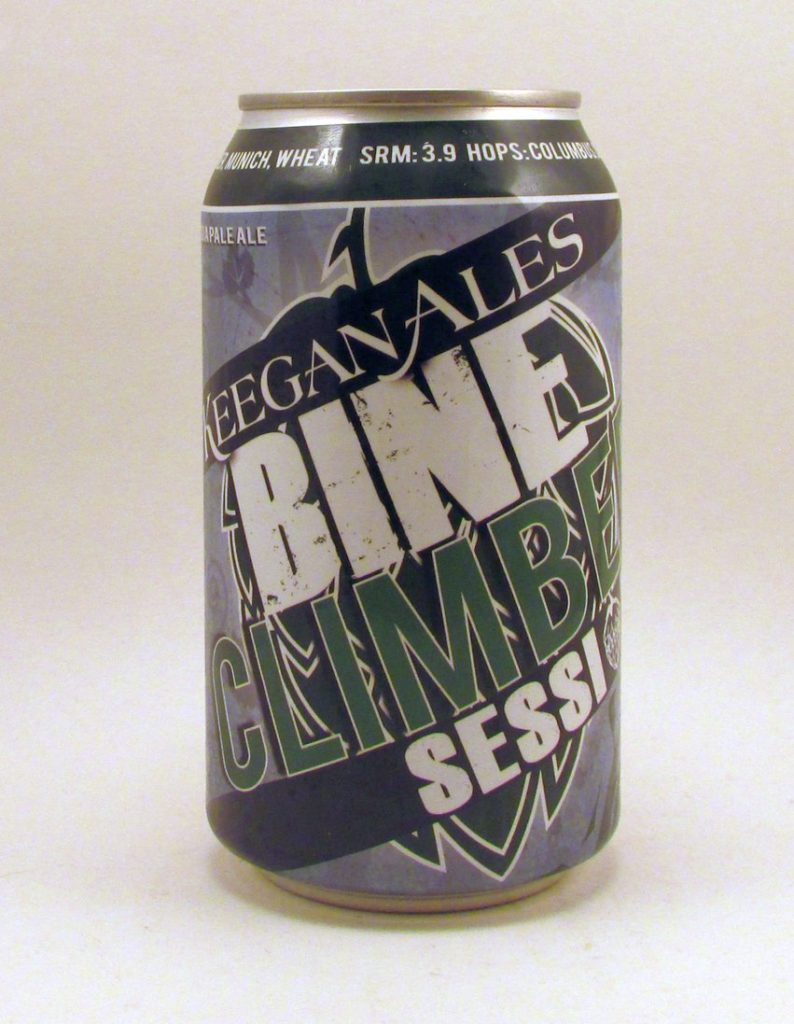Drakes and Fermis and Malthussusses, Oh My! Why has SETI no incontrovertible proof after 50 years? Hawking was worried about our EM broadcasts inviting the “wrong kind” of attention. Yet after 120 years of that, nobody out there seems to care. Hawking’s tripstone was assuming that ETs would be vastly overtech past us, and implicitly assumed faster-than-light travel as a given to our future conquerors. He thought that it would be light-speed signal leakage that would give us away. Might be possible, but this implies that our space overlords should have been here by the 1920’s. If they ain’t here by now, they’re not coming.
So why? That’s Enrico Fermi’s paradox, codified by Drake first but not best, which is how science works. The nature of the question itself assumes that humanity has already attained a level of sustainability against all anticipated threats. But we haven’t. Until we do so, Fermi’s stumper is just masturbation after all. We have to get sustainable colonies on at least two other rocks in the Solar System before we can start to feel safe from the species-level threats, those ones which we can’t do anything about. Yet.
500 million years from a cell to a capsule in orbit. It implies many millions of years beforehand, of chemical reactions organizing one by one into chains of process. We know it happened here, now we can see other planets where it could happen, so where are they? Why are we alone?
It’s because we’re early. 1 billion years early. That’s a guess, but a darn good one. It’s not just a convenient round number, the one billion years. The universe is 13 and a half billion years old, and it will be about 14.5 billion years old when it changes. Space is an effect of matter, so if space is expanding then that means more matter is being created from the matter/energy substrate. But this won’t always be so.
Predicted it 25 years ago, but never thought it’d be observed until we could travel beyond the Milky Way’s ecliptic: Dark Flow. Wish cosmologists would stop it already with the word ‘dark’, but the observation is that not only are galaxies fleeing apart from each other, but they are all moving slightly towards one distant spot in the sky. And that spot is 15.5 billion light-years away.
The universe is not a thing, nor a collection of things. It is an event, not a thing. The event we’re almost halfway through, is an event which takes about 29 billion years.
Everything is an event, even lonely matter sitting there minding its own business. We are accustomed to think of only interactions as “events” because something “happens” when matter or energy undergoes a change. But the fact that a particle merely exists, in a place at a time, is an event inherent of itself. In both senses, the universe can be seen as full of events, but now as an event itself.
Matter and energy are the same thing, both arise as knots, as fluctuations of various organization from the same substrate. Thought this was true using the theory of the Higgs boson years ago, and now we know that the Higgs beast exists. Now, we know that every bit of the universe winks in-to and out-of existence about 4 quadrillion times a second. It’s what Schroedinger said about the cat, now we know it’s all true.
Doesn’t matter whether it’s alive or dead, science has proved that there IS a cat in a box. No word yet on whether it’s wearing a hat.
We are about 1.0 billion years away from our universe’s halfwaypoint, when numbers which we thought of as physical constants crest and start drifting contrarywise. That needs ‘splaining. There’s a constant in physics, the “fine structure constant” for simplicity called ‘alpha’ which is 1 divided by 137.0359. It worried Richard Feynman, who said it’s: “a magic number that comes to us with no understanding by man.” Enrico Fermi also had a piqued internal feud with “alpha”, it consumed much of his later career.
If alpha was a hair smaller, stars would not create carbon, and if alpha is a touch higher, carbon atoms would decay much faster. The scope of this essay means skating over details which the reader can find on the ‘net or in decent a library for further reading, but here’s some backstory.
We can make nuclear fission today, and also we can study how it happened naturally 1.7 billion years ago, in a cave in Africa. Differences in the fission byproducts neodymium and samarium suggest that alpha has decreased slightly over time. In addition, observation of chromium expelled from quasars also suggests that alpha has decreased. Not by much, one proposed rate of change is on the order of 1 part in 1,000,000 parts, per billion years.
Alpha is defined as the charge of an electron doubled, then that result divided by a denominator which is Planck’s constant multiplied by the speed of light then that result divided by 2 times pi:
e2/(hc/2pi)
Or: e4pi/hc, if you like.
That’s the same equation, only with math tricks, and it means “alpha” equals the charge of an electron multiplied by 4, then that result multiplied by pi, and then THAT result gets divided by Planck’s Constant times the speed of light.
The constancy of alpha between the subatomic and cosmological scales really bothered Enrico Fermi. It is the reason Fermi posed his “paradox” in the first place. But Fermi lived too early, and now we know more. The equation above might seem like a good candidate for glossing over, but you should be able to apply some simple algebra to see for yourself, what a decreasing alpha means.
If alpha trends lower, then that means either: 1) electrons are becoming weaker over time, or 2) the speed of light is increasing over time. Pi won’t change, and Planck’s constant is unlikely to change, so that leaves e or c as our variables. Now refer to earlier paragraphs here to tie it all together. Space is an effect of matter. Matter and energy are expressions of the same thing. Einstein showed an effect of gravity on the speed of light, and matter loves gravity. If space itself expands all around an innocent photon, what choice does it have, but to shift red?
So is it e, or is it c, which is our variable? The charge of an electron, or the speed of light? It’s both of them, and they’re bound by the proportion of matter/energy in the universe. As alpha falls, the spectrum shifts slightly towards more matter than energy. That would mean space expands. Check, we’ve got that. As alpha falls, we should see higher and heavier elements produced in the universe, another checkbox, we see this everywhere as time marches on.
We should find more and larger black holes, which are merely the outward face of matter which has passed a threshold of organization, and yet again: Check, we see that today. Should also see fewer supernovae and fewer gamma-ray bursts, but time will tell on that. Several decades are not enough sample size to know about that yet.
If alpha is falling, we are gaining matter, which is just a more highly organized flavor of energy. Every aspect of a falling alpha points towards more life “as we know it,” our kind of life based on matter. This does not preclude life based more on energy than matter, which David Brin puts out in the 1st and 6th books of the Uplift Sexology. Get your mind out of the gutter, we’re talking science here. It’s just a series of six books.
More matter (and more stable matter) means more planets capable of sprouting life, and a more stable stellar environment for such cradles of chemical invention, since more matter means more gravity, and then faster absorption of stray planet-altering rocks within an innocent star’s accretion disk. If alpha is falling, then the universe should become far more hospitable to any life based on matter, “Life as we know it”
But this will not always be so. Back to the tippy-top of this essay, the universe is an event 29 billion years long. We are highly sure that there was a Big Bang 13.5 byr ago, and it looks like something’s attracting matter 15.5 byr’s away. The universe looks to be 1.0 billion years from the midpoint, which might mean the height of matter over energy, via the current falling value of alpha, which may be the unwitting abettor of life as we like it. A billion years from now, does alpha bottom out and begin to rise? Instead of getting further from the big bang, now it’s in front of us, and getting closer.
Don’t worry, it won’t be as catastrophic as flicking a switch and the universe flies into a Big Crunch Smoothie. It would still take billions of years for our kind of life to become untenable, as carbon itself slides from the list of ‘stable’ to ‘radioactive’. In the meantime, we’ll have continuing carbon production among aging stars on both sides of the event, and we would see shrinking space and more freely available energy… shouldn’t take much imagination for a curious ape, to think up what to do with that kind of universe!
Drake plugged in numbers and came up with 50,000 fellow galaxians in 1961. Forgan came up with 31,574 back in 2008. But still Fermi echoes down the hall: “Where is everybody?” The more science uncovers, it appears that we are an early beneficiary of a side-effect of how the universe changes over time. Alpha is falling, so we should expect a wave of more frequent (and more complex) arrangements of matter for the next billion years.
In a billion years, there will be a crescendo of intelligent life filling space with transmissions. If we survive to see that, we will be the “ancient ones” who shepherded a billion worlds. If we don’t, someone else will, because they’re coming, soon and lots of them. We are just early to the party. We are probably not the first in this universe, but we are very early in the wave.
Any ape knows the advantage of being the first to an unpicked berry bush, but the smarter ape tastes the soil in which berry bushes grow, then poops on the same kind of plot further along the creek. Humans can explore and expand, but there are no aliens to either embrace or exterminate us. We greenhorn humans are just early, that’s all. There will be plenty of aliens later, because a decreasing value of alpha enhances the stability of existing carbon.
Fermi’s Paradox is not a mystery. The permanence and stability of matter itself is increasing all across the universe, as far as we can see. In a billion years this will reach a high-water mark, then ebb. Because life on Earth was 3 billion years early, implies that we’ll keep meeting new galactic neighbors for the next several billion years. Hey SETI, enjoy the relaxing silence while it lasts. A billion years from today, the noise will be deafening.
If all this speculation is true, then there are strategic aspects. METI, for instance, doesn’t mean a thing, one way or another. There’s either zero or few possible recipients of our call. SETI however, becomes much more important with each passing million years. When each new life gets to the level of EM leakage, we want to know about it.
Foolishly taking our own example as a median, the path from the discovery of magnetism to space travel could take anywhere from a hundred years to 50,000,000 years. Took us a couple thousand, but from supraplanetary EM ejaculations to space trips, only took us 70 years. By the time we see alien sitcoms, we will either be spacefaring because we’ve been smart or will become spacefaring in a crash program in 30 years at great cost, because we were too wrapped up in our own little world.
